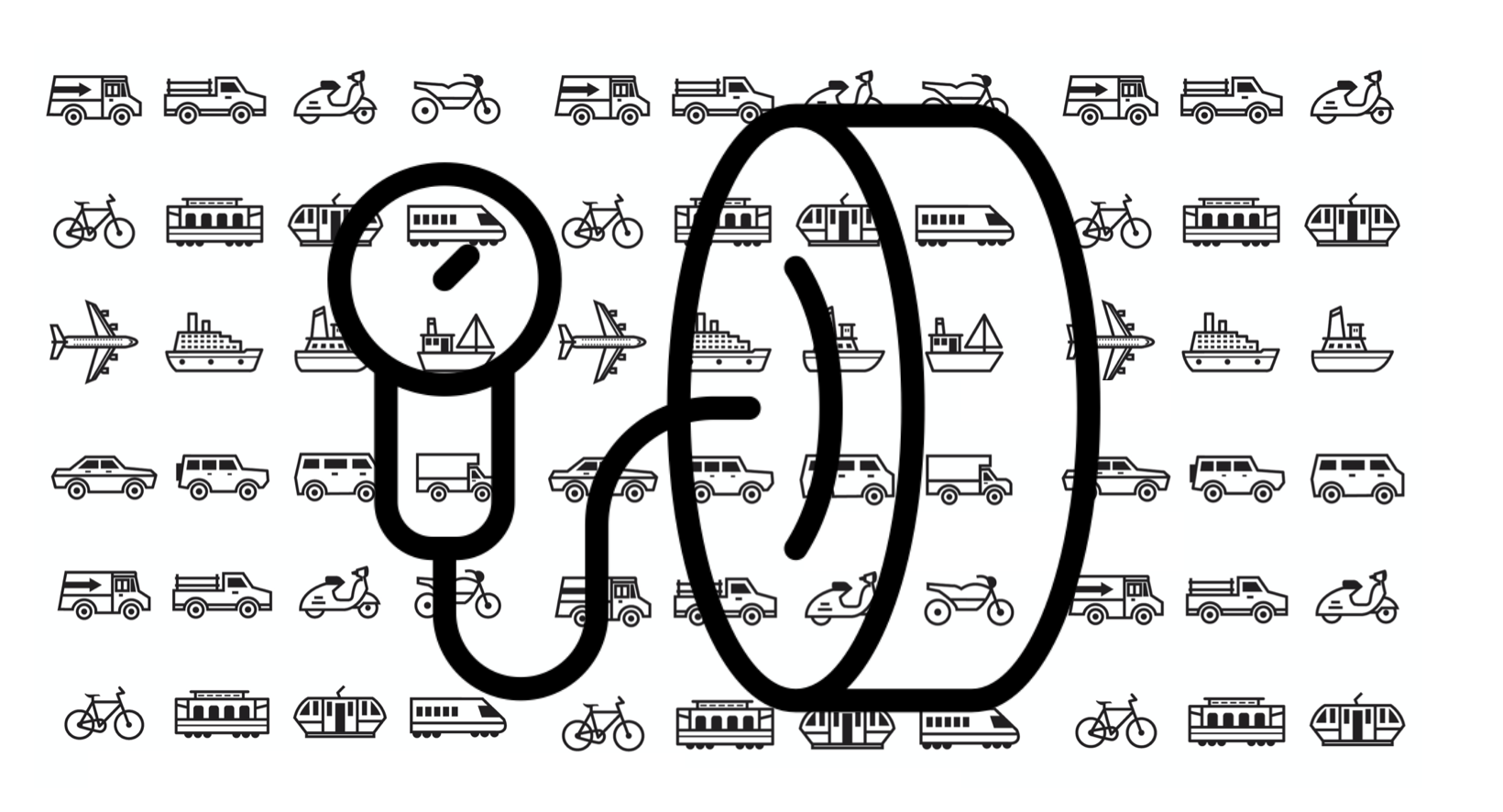
Along with the climate summit in Glasgow, there was the Day of the Climate Agreement in the Netherlands. The lecture by behavioral scientist Reint Jan Renes about our own behavior got me thinking. His lecture was called: ‘The climate gap: about the psychology of climate-friendly behavior’. He argued that knowing or wanting does not yet mean that we will really act. This is partly due to a toxic mix of behavioral factors, such as our tendency not to want to change and to think that others will solve the problem. In addition, the problem seems abstract and distant, and the returns from intervening seem unclear.
‘Action, action, action’ as Prime Minister Mark Rutte argued, must therefore not only come from the new cabinet, it is also very important that we as individuals think about our own behavior. And that also applies to mobility.

On the Day of the Climate Accord, I also met someone from the Band op Spanning Foundation. Insufficient tire pressure is low-hanging climate fruit that we can pick ourselves. Research by CE Delft and TNO shows that no less than 60% of all car owners drive on tires with too little pressure. The average underpressure is about 0.3 bar. And there is a direct link between excessively low tire pressure and higher rolling resistance, and therefore more wear and tear and fuel consumption.
The fact that most of us drive with too low tire pressure is due to the fact that we do not use the tire pump installation at the gas station properly or enough. We don’t read properly, set the wrong value, or even let air escape again so that we sometimes drive away with less pressure than we came in with. The recommended value on the sticker in your car applies to cold summer tires. You have to add as much as 0.3 bar when your tires are warm. This is the case if you have been driving for more than fifteen minutes or more than five kilometers. For winter tires, another 0.2 bar must be added. And if it is very cold, you must also choose a 0.1 bar higher pressure for every 10 degrees drop in temperature.
The same study by CE Delft and TNO shows that if we all kept our tires properly inflated and checked them regularly, we would emit 1% less nitrogen oxide (NOx) in the Netherlands. That is as much as the decrease in the speed limit to 100 km/h produced. Furthermore, it would save up to 1.5% of CO2, about 0.3 megatons per year. We also save money because our tires wear less. So it also produces less particulate matter. Some of these effects are of course slowly diminishing with the growing share of electric cars. But even there, the right tire pressure ensures less energy consumption and less production of particulates. The range can be increased by up to 5% if the tires are kept properly inflated. So do it yourself!
Maarten Steinbuch and Carlo van de Weijer are alternately writing this weekly column, originally published (in Dutch) in FD. Did you like it? There’s more to enjoy: a book with a selection of these columns has just been published by 24U and distributed by Lecturis.
